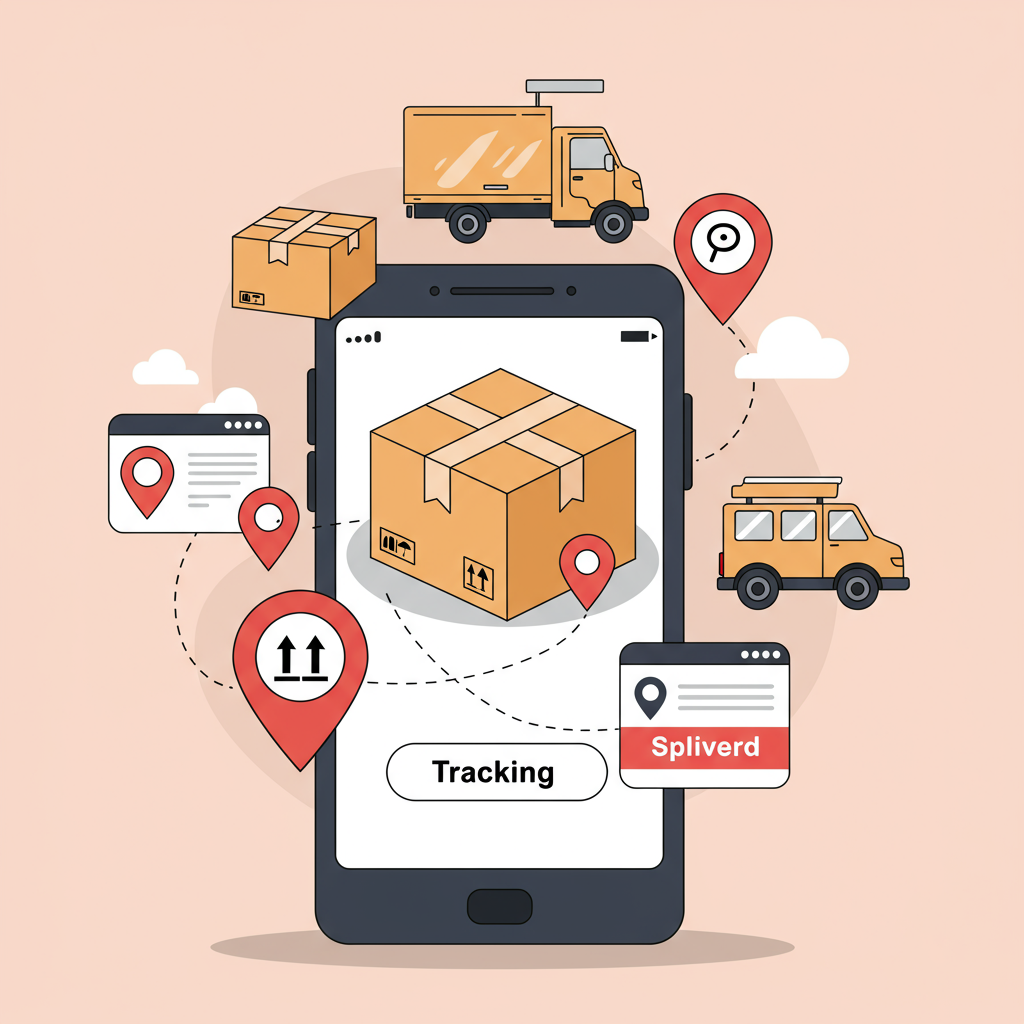Discover how seamless order tracking integration can transform your Shopify store and delight your customers.
As a Shopify merchant, I know firsthand the importance of a smooth customer journey. From the moment a customer clicks “buy” to the exciting arrival of their package, every step matters.
One of the most critical, yet often underestimated, aspects of this journey is order tracking. It’s not just a convenience; it’s a cornerstone of modern e-commerce customer service.
Think about it: once an order is placed, the immediate next question for most customers is, “Where is my stuff?” Providing a clear, easy answer to this question can significantly reduce post-purchase anxiety.
For us, the merchants, robust order tracking integration means fewer “Where Is My Order?” (WISMO) inquiries flooding our customer support inboxes. This frees up valuable time and resources.
It also builds immense trust and transparency. When customers feel informed and in control, their confidence in your brand grows, leading to repeat purchases and positive word-of-mouth.
Shopify, by default, offers some basic tracking capabilities. When you fulfill an order and add a tracking number, customers receive an email with a link to the carrier’s website.
While functional, this native solution often lacks the branded experience and detailed updates that today’s customers expect. It can feel a bit generic and disconnected from your store’s identity.
This is where dedicated order tracking integration solutions come into play. They go far beyond the basics, transforming a simple tracking link into a powerful customer engagement tool.
I believe investing in a comprehensive tracking solution is not an expense, but an investment in customer satisfaction and operational efficiency. It truly elevates the post-purchase experience.
So, what exactly should you look for in an order tracking integration for your Shopify store? Let me walk you through the key features and considerations.
First and foremost, look for a solution that offers a branded tracking page. This means customers track their orders directly on a page that reflects your store’s logo, colors, and overall aesthetic.
This branded experience reinforces your brand identity even after the sale, making the entire process feel cohesive and professional. It’s a subtle yet powerful way to build loyalty.
Next, proactive notification capabilities are crucial. Beyond just an initial shipping confirmation, the best solutions send automated updates at key stages: in transit, out for delivery, delivered, and even exceptions.
These notifications can be customized to match your brand voice and can be sent via email, SMS, or even through popular messaging apps, keeping customers informed without them having to constantly check.
Multi-carrier support is another non-negotiable feature. If you ship with multiple carriers (e.g., USPS, FedEx, DHL, local couriers), your tracking solution must seamlessly integrate with all of them.
This prevents customers from having to jump between different carrier websites, simplifying their experience and centralizing all tracking information in one place.
Consider global reach if you ship internationally. Does the solution support a wide array of international carriers and offer tracking in multiple languages? This is vital for a global customer base.
Analytics and reporting are also incredibly valuable for us as merchants. A good tracking platform can provide insights into delivery times, common issues, and customer engagement with tracking pages.
This data can help you identify bottlenecks, improve shipping strategies, and even inform your customer service training. It’s about turning tracking into actionable business intelligence.
When it comes to integrating these solutions with Shopify, there are typically a few methods. The most common and easiest for most merchants is through a dedicated Shopify app.
These apps are designed for seamless installation and often require minimal technical expertise. You simply install them from the Shopify App Store, connect your store, and configure the settings.
For more advanced users or specific needs, some solutions offer API (Application Programming Interface) access or webhooks. This allows for deeper custom integrations with your existing systems.
My advice for implementation is to start by researching different apps in the Shopify App Store. Read reviews, compare features, and check pricing plans to find one that fits your budget and needs.
Once you’ve chosen an app, follow the installation instructions carefully. Most will guide you through connecting your Shopify store and importing existing orders.
The configuration phase is where you’ll set up your branded tracking page, customize notification templates, and link your shipping carriers. Take your time here to ensure everything is perfect.
Always perform thorough testing before going live. Place a few test orders, track them yourself, and ensure all notifications are being sent correctly and the tracking page displays accurate information.
Finally, communicate the new tracking experience to your customers. Update your shipping policy, add a link to your tracking page in your order confirmation emails, and make it easy to find on your website.
Beyond the technical setup, adopting best practices will maximize the benefits. Be proactive in addressing potential delivery issues before the customer even notices.
Use the tracking data to identify trends. Are certain carriers consistently slower? Are there specific regions with more delivery exceptions? This insight is gold for optimizing your operations.
And what do you think about this article? Has it shed some light on how order tracking can truly enhance your Shopify business? I’d love to hear your thoughts.
In conclusion, integrating a robust order tracking solution into your Shopify store is more than just a convenience; it’s a strategic move. It reduces support queries, builds customer trust, and strengthens your brand.
By providing transparency and control, you’re not just delivering products; you’re delivering an exceptional post-purchase experience that keeps customers coming back. It’s an investment that truly pays off.






